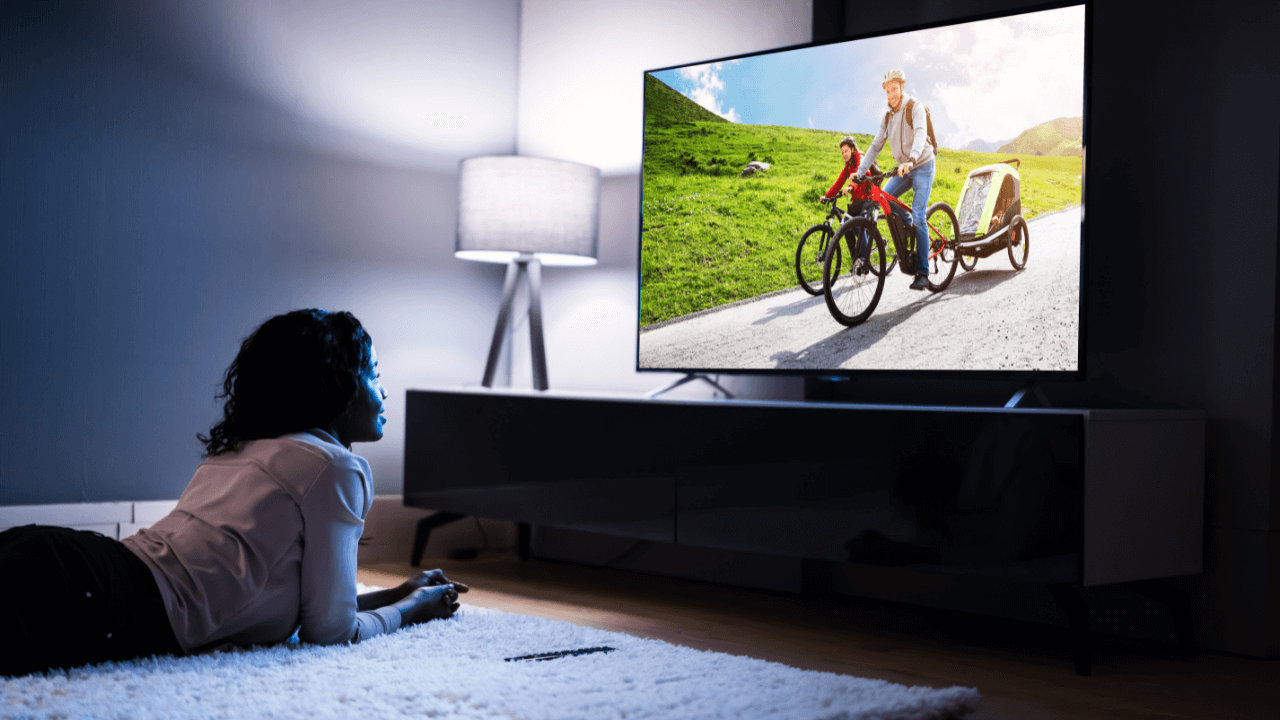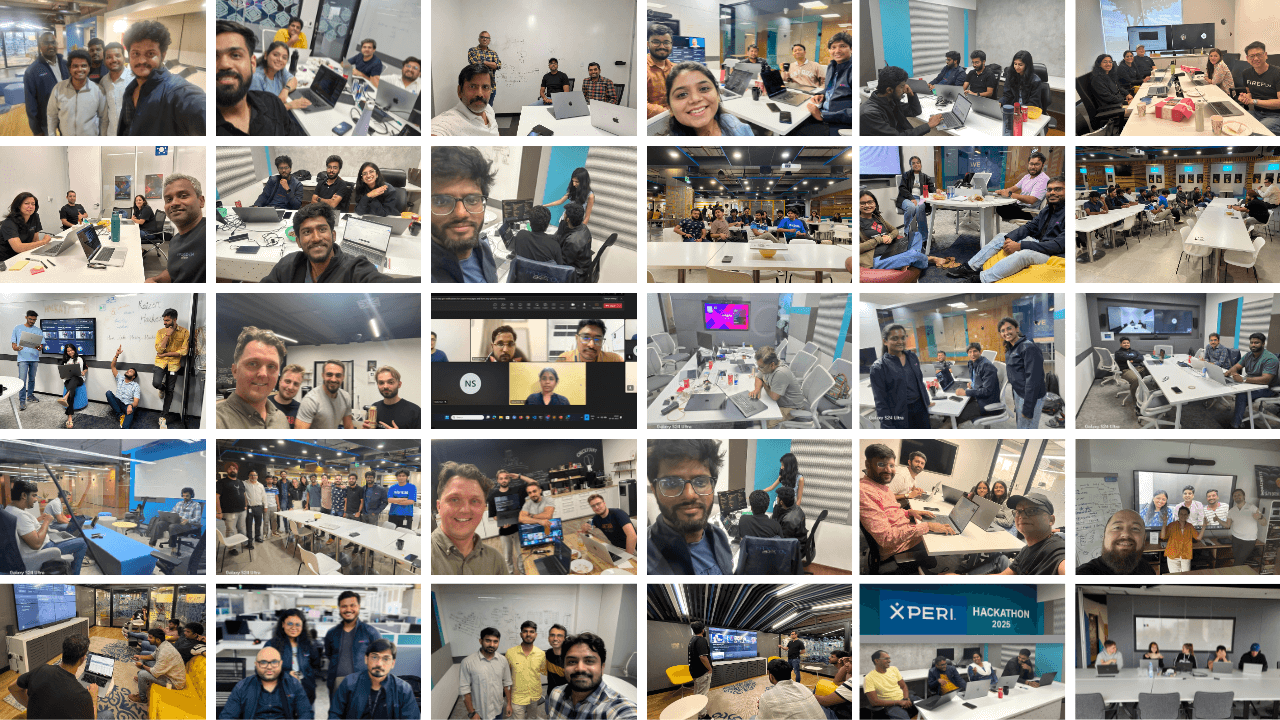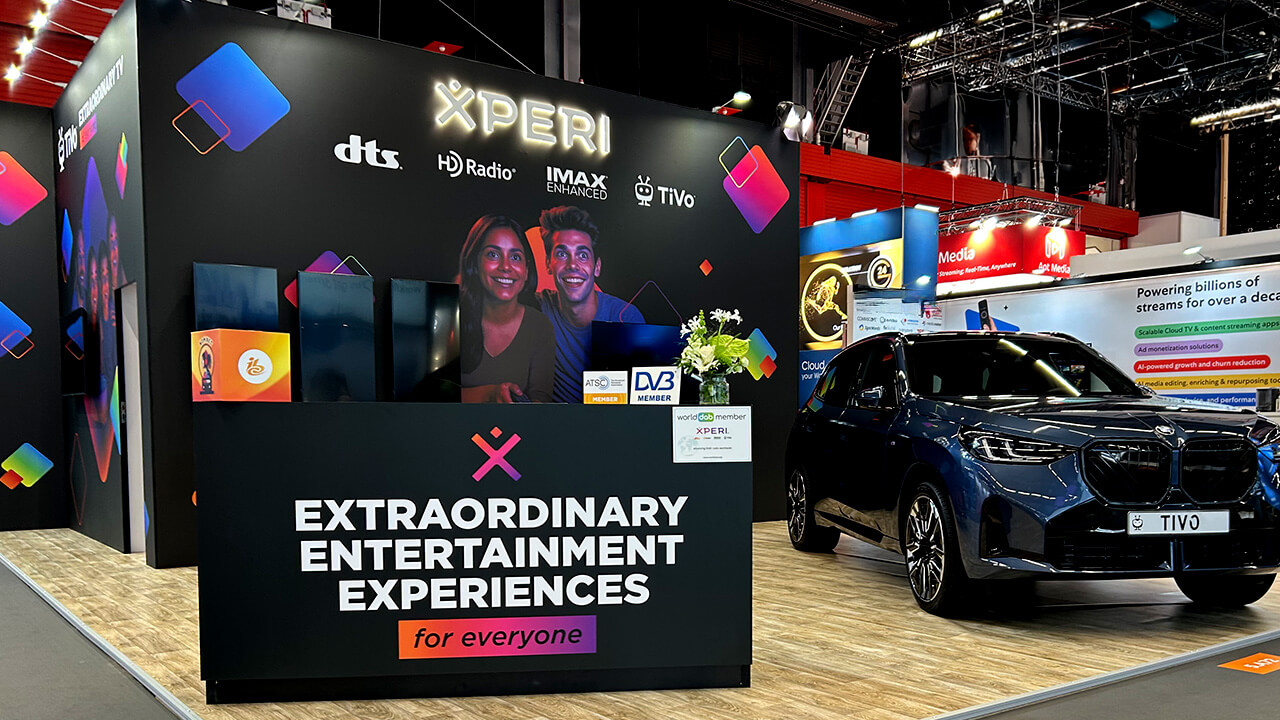Today, more than 50% of US TV viewership is on streaming, according to Comscore, which puts increased importance on the smart TV and the subsequent experience that is delivered via the search and discovery of content. This puts pressure on the players who are developing both the TVs themselves and the operating systems. While there have been many changes to the smart TV and streaming landscape over the past few years in an effort to increase the consumer experience, is it currently optimized to keep viewers engaged and interacting?
With the proliferation of smart TVs on the market, there has been a new dilemma presented to TV manufacturers: either creating TVs for improving the viewer’s entertainment experience or to better capitalize on advertising space and better target advertisements to consumers. This dilemma has led to an inflection point in the landscape where manufacturers feel the need to prioritize one over the other, and many are looking to prioritize solely the advertisers. Putting the user experience on the back-burner.
The focus on leveraging smart TVs’ advertising power was front and center in the news following the announcement that Walmart will acquire Vizio. This news validates that industry players recognize the growth potential in Connected TV (CTV) engagement and advertising, shedding light on what is to come in the industry as advertising on smart TVs becomes even more important within the market.
How Advertising Became Priority #1
CTV is the fastest-growing major ad channel in the US, with a projected growth of 22.4% to reach a total of $30.10 billion this year alone according to eMarketer. This growth is allowing for a lot of opportunity within the smart TV landscape, which TV manufacturers and OS providers are looking to tap into and take advantage of through partnerships, acquisitions and consolidation.
Walmart’s acquisition of Vizio is a prime example of this – and a move we may see more of. The retailer sees this vast potential in CTV advertising and is acquiring the smart TV manufacturer to gain access to their platform’s advertising inventory and end user data. Walmart will be able to leverage Vizio’s platform to naturally sell in advertisements for Walmart and its priority brands. And with the end user data, Walmart will be able to enhance its targeting capabilities for its advertisements.
The opportunity within CTV is occurring while consumers themselves have a peak ad tolerance. The upcoming TiVo Q4 2023 Video Trends Report highlights how ad tolerance is at a steady high with 62.8% of users tolerant to advertisements and only 24.7% adverse to advertisements. Smart TV manufacturers, OS providers and streaming providers are taking advantage of this societal trend.
The way in which they’re taking advantage of this occurs in different forms throughout the entertainment experience. From pre-roll advertisements at the beginning of Amazon Prime shows and other top-tier subscription video on demand services providers rolling out ad-tiers to advertisements on home screens and in search recommendations, there is no shortage of ad space on a smart TV.
Even though consumers may be willing to sit through 30-to-60 seconds of advertisements, this tolerance isn’t guaranteed. Last year we approached a point where consumers had the highest average number of video services used, but year-over-year we’re seeing a slow decline due to an increasing number of people feeling like they have too many services. This pendulum shift could easily happen with ad tolerance, so it raises the question of if prioritizing advertisers is the best approach in the long-term.
Putting Users in the Spotlight
Many of the current smart TV interfaces, because they are biased for an advertising play over anything else, are creating friction in the user experience. But playing to just the advertisers isn’t the only option – there is a way to balance the needs of advertisers and users, while putting the user experience in the top spot, ensuring less churn.
Users want their content, and they don’t want to be challenged to try and find it. With shorter attention spans than ever, streaming providers and broadcast networks don’t have long to hook a person onto their content. If smart TV manufacturers and OS providers are looking to keep people happy and loyal to their smart TVs, this ease-of-use mentality needs to be brought to this aspect of at-home entertainment as well. People want devices that empower them and make it easier for them to watch that night’s movie or show of choice, not a device that has dozens of hurdles – or in this case advertisements.
One way in which to balance the user experience and needs of advertisers is through search and recommendation. Instead of populating the search recommendations with unrelated advertisements for shows on streaming services the user doesn’t have, smart TVs can serve the right choice first with sponsored content that are relevant to the user sprinkled within as appropriate. This is an approach TiVo has long taken and we are now working with OEMs to bring this to Powered by TiVo smart TVs.
Consumers should always be in the driver seat when it comes to entertainment and have their smart TV experience tailored to them. There are ways to do so while also partnering with advertisers, but the user experience should always come first. This is the play to keep consumers loyal and drive meaningful, long-term engagement. Which at the end of the day will serve everyone in the entertainment ecosystem.



